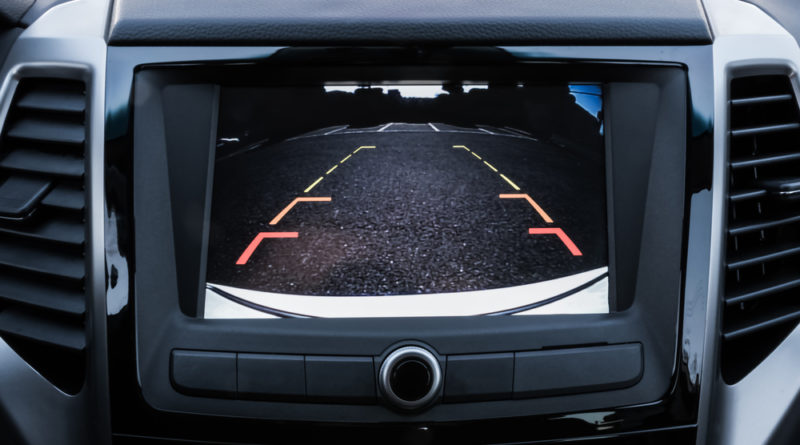Car Technologies That Help Reduce Car Accidents
Driving has the potential to be rather dangerous. Contact a car accident lawyer anywhere on Earth, and they’ll be able to leave you with at least that bit of wisdom. While those words ring mostly true, emerging technologies are now making it so that accidents are less prevalent, and, when they do occur, are less deadly. Today, we’ll take a look at a few of the amazing innovations that are making the roads safer and helping keep accidents to a minimum.
Forward Collision Systems
It’s common for individuals to get distracted behind the wheel and lose track of the distance between themselves and the cars ahead on the road. Such negligence often leads to rear-end collisions, but Forward collision systems can help mitigate such occurrences. This nifty bit of technology automatically computes the distance between two cars, then, when they get too close, automatically adjusts speed to compensate and avoid a crash.
Lane Departure Tech
In a similar vein, lane departure technology helps safeguard against drivers who lose their focus and start to drift into an adjacent lane. In its simplest forms, this technology will provide an audible warning to drivers when they start to drift. More advanced versions of lane departure tech will even take control of vehicle steering and guide the car back into the proper lane. Coupled with blind-spot detection, which can raise an alarm on nearby, unseen vehicles, and such lane-to-lane collisions on the road become far less prevalent.
Automatic Emergency Braking Systems
As the name suggests, automated emergency braking systems are designed to cut collision risks by helping correct drivers who fail to stop quickly enough. One take on this technology will automatically apply the brakes for a motorist who fails to stop and is heading toward another vehicle fast enough to cause a collision. Other forms of AEBS will help apply additional brake pressure to avoid a crash, but only if the driver has started applying the brakes first. This latter style is often called “Dynamic Brake Support.”
Rear Camera Systems
In days past, we’d have to keep our heads on swivel when performing any parking or reverse maneuvers, and that could sometimes get a bit dicey. Rear camera systems, also known as rear-view video systems or backup cameras, let drivers see the surroundings behind their vehicle more clearly, and thus avoid collisions that occur when reversing their cars. Vehicles that also have rear cross-traffic alert systems will also notify drivers who are backing up their cars to oncoming traffic, further reducing the likelihood of accidents.
Autonomous Cruise Control
Automobiles have long had cruise control, a technology used to ease the burden of long distance drives. Autonomous cruise control takes the concept even further, by automatically adjusting your vehicle speed to avoid colliding with other cars in the area.
Even more advanced versions of this technology, like Cooperative Adaptive Cruise Control, use vehicle-to-everything communication to improve response times and make the technology even safer. Long story short, ACC means you can enjoy cruise control without nervously checking the brakes every 30 seconds.




